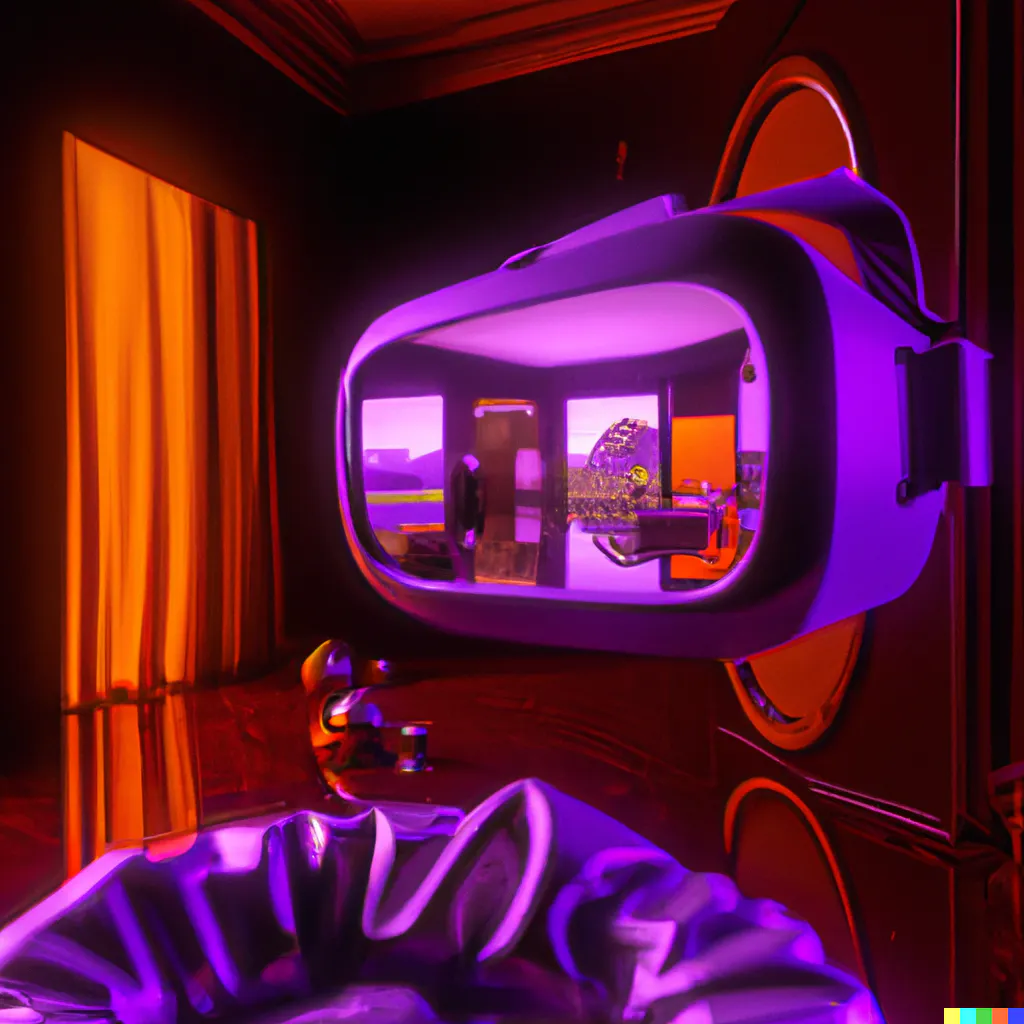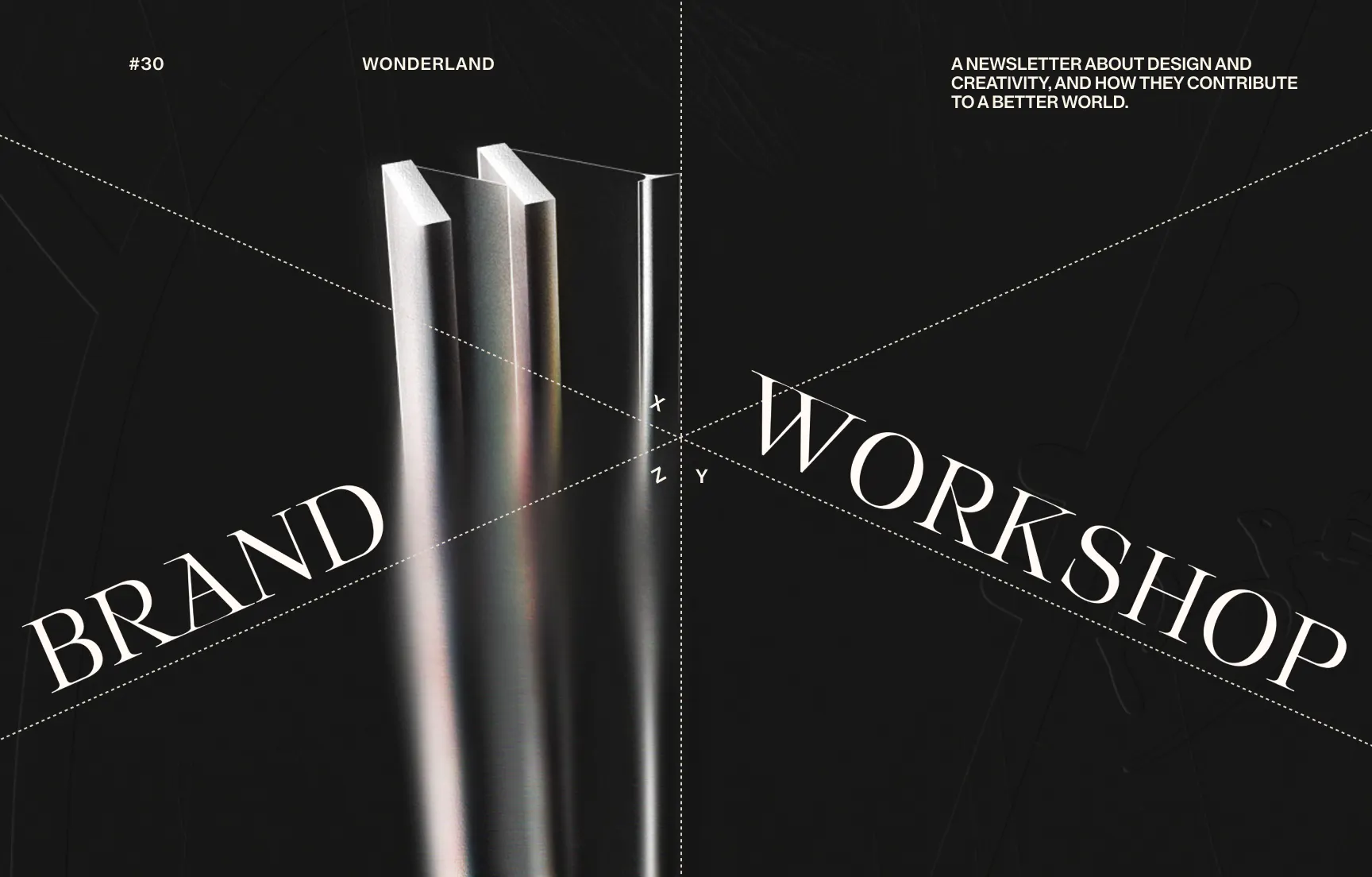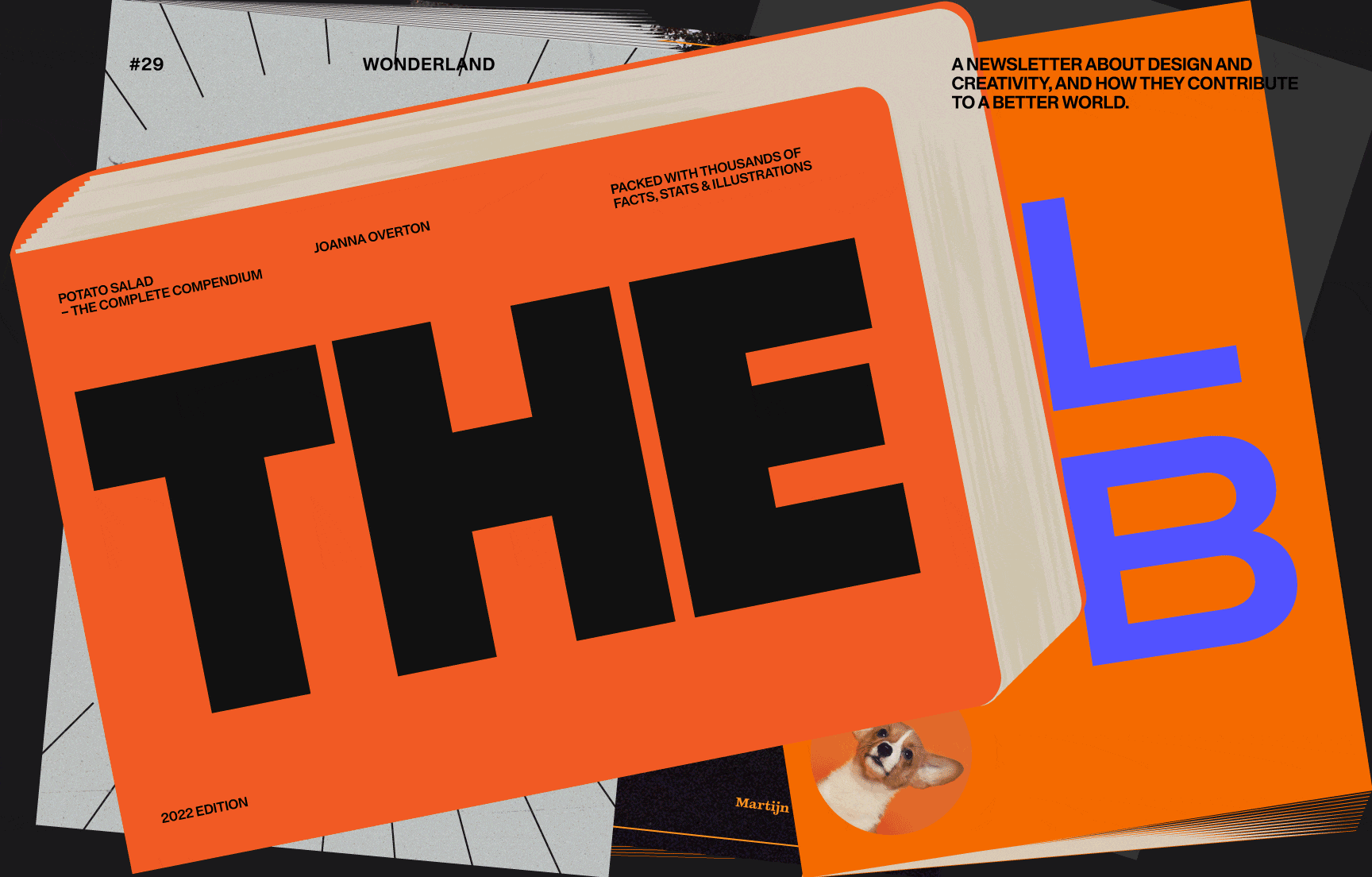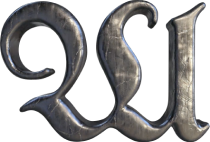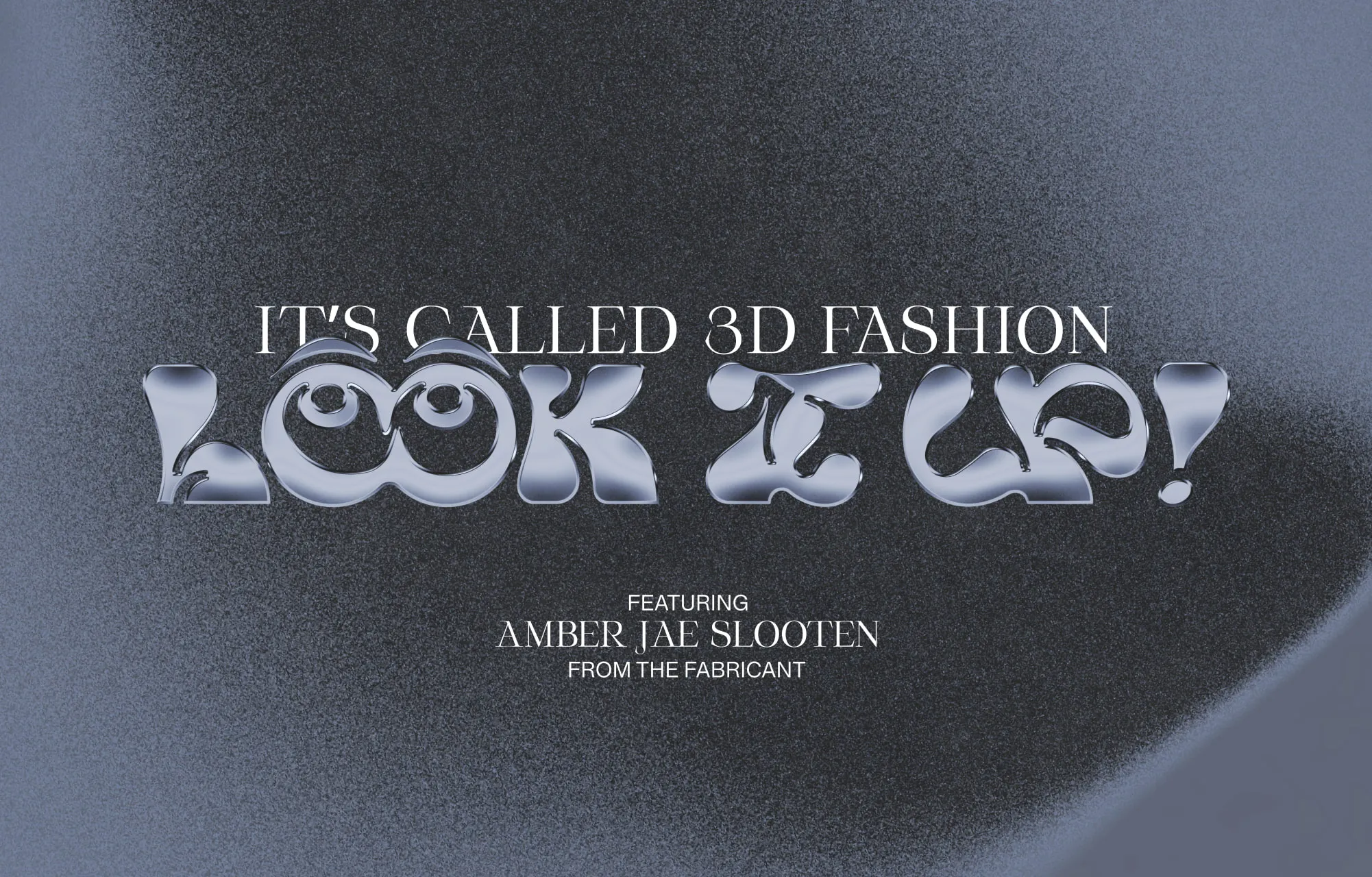
The Fabricant on 3D Fashion - Look it up!
The Fabricant on 3D Fashion - Look it up!
Sr. Creative Account Manager
Look it up! is Wonderlands latest blog series exploring the niche and the cutting edge of design and technology - answering all the questions you never dared to ask your designer friends.
The 3D fashion revolution is coming, here is what you need to know. Featuring Amber Jae Slooten - Co-Founder and Creative Director of The Fabricant.
3D fashion refers to the use of 3D technology in the design and production of clothing and accessories. It can include using 3D modeling software to create digital designs, 3D printing to produce physical garments, and virtual or augmented reality to show how the garments will look on a person. This technology can help designers create more complex and detailed designs, speed up the production process, and reduce the need for physical samples. 3D fashion has the potential to revolutionise the fashion industry by making it more sustainable and efficient.
We asked an expert to break it down for us and answer all the questions you never dared to ask your designer friends. From a graduation collection that birthed The Fabricant (A digital fashion house leading the fashion industry towards a new sector of digital-only clothing) to the endless creative possibilities and if she thinks 3D fashion can go green - Amber Jae Slooten goes through her expert advice for Look it up!
What is 3D fashion and why is it important?
3D fashion is the technology that allows you to create fashion for virtual spaces. Our lives are becoming more digital every day and our identities need to be expressed in virtual worlds. Just like instagram is a form of identity expression and communication with the people around you, there are digital spaces that you can walk around in as a virtual representation of yourself (an avatar) and connect with each other. In those spaces you will want to feel like yourself, and wear clothing that expresses who you are.
Why did you make the transition from physical to digital fashion?
The fashion industry is extremely polluting. I started studying fashion in 2011 and it was such a shock to see how the industry was treating the planet and the people working for them. Right around that time stories started coming out of luxury fashion houses burning their stock just to make sure it stays valuable. The documentary the true cost also released and that was the drop for me. I knew I didn't want to work in an industry like that, yet I still wanted to create clothing. Then there was a class where they taught me how to use 3D models of clothing, which you would use for fitting digitally and eventually print out the patterns to make the actual clothing. I immediately thought what if we could just wear clothing digitally, as our lives are becoming more digital. Remembering my youth where I was gaming a lot, this seemed like a logical transition for me. And that's when I said I'll never produce a physical garment again.
What was this process like back in 2014-2016, when digital fashion was not as popular as today?
Back then digital fashion was not even a term. People would tell me "fashion will never be digital, you need to touch and feel it". It was so physical, while the most popular hashtag on instagram was "outfit of the day" which meant that it was becoming more important what you were wearing online. I wanted to graduate with a digital collection but my school was really pushing for me to do "just one garment then?". It was really frustrating but in the end they gave me the space and I developed a concept in which people would wear virtual layers over their bodies, visible as holograms. As my graduation installation I created a visual representation of this and only when my teachers saw it, they finally understood what that future would look like and let me graduate as the first without a physical collection. After my graduation there were no jobs in this field, so I was lucky enough to meet the right people (my co-founder Kerry, he was in 3D animation) which lead me to create a job. This lead us to starting The Fabricant in 2018.
Who is your target audience, client, or brand?
We have two types of people in our audience. We have content creators, people who always want to look new and interesting on instagram, or creators who want to design clothing digitally, or style looks in a digital way. And then we have the brands who want to come on the platform to launch their digital fashion line. Our platform caters for both these target audiences since it creates a new way of working together with smart contracts and equal revenue splits for each of the creators.
How can you make money from it?
All of our items are digital collectibles, this means they are NFT's on the blockchain. This sounds complicated but it means that you can collect them as unique digital items, and they have value. Very different from traditional digital things that you can copy endlessly, these items are unique and cannot be replicated. We have a model where the garment creator, material creator and the person who co-creates the garment on our platform all get equal revenue split when the garment gets sold. In that price is also a platform fee. The royalties continue when the garment gets sold again, and this creates new revenue streams for any creator that joins the platform.
In our global quest to become more sustainable is something like 3D fashion ‘green’?
Digital fashion is about 3% the impact of a physical garment. At least it doesn't require valuable resources like water and toxic chemicals to be created. There is also no waste that comes with it, the only thing we waste is data. Of course that is still waste, but in the grander scheme of things it would be better to stop producing all of these clothes as we have enough clothes in the world already to dress ourselves for the coming 50 years. I'd like to see us upcycle the things we already have and create something beautiful out of that rather than an endless stream of new fashion. If we use clean sources of energy then digital fashion is clean, just like any other electric powered mechanism. People also say blockchain is unsustainable for instance, but the blockchain we are using costs about the amount of data as one instagram post per transaction, which puts everything in perspective.
Is there ways you see digital fashion becoming more ‘green’ in the future?
I think the discussion of making things green is a very wide and broad discussion. Many things depend on other things and the climate is not an easy to understand system. We don't know what the impact is of things we do now and what the world will look like a hundred years from now. What I do know is that it often starts with ourselves and that's also how I approach it, when I live the example, people around you will follow. I hope our way of working will inspire young designers to come and join the digital revolution, so we can create the mindset shift together.
Have you run into any skeptics of digital fashion? How do you address these queries?
Only thing I've come across my entire career is skeptics, and somehow they always seem to be fascinated too. You either hate it or love it, and there is nothing in between. The most heard sentence is mostly: "Look! The emperors new clothes!" because people perceive something non physical as worthless or non existing. This is changing massively with the entire new generation who grew up with the virtual world integrated in their lives and get this idea of digital clothing right away without explanation needed. I think it’s a generational difference that will shift over time and we are not here to convince anyone, if you don't like it that is perfectly fine. There are people who love vinyl and people who love Spotify. Doesn't mean one is better than the other, its just a different way of looking at things.
What is your favourite thing about 3D fashion?
The endless possibilities that you can create with it. It doesn't have to make sense, it doesn't have to work with earth's gravity. You can create your wildest imaginations. It lets people tell their stories without needing to have a million in the bank to start a fashion label, you can do that from your computer at home. It creates new value systems where everyone can participate, not just the big names we already know. If we can create a name for ourselves, anyone can.
So what can we expect from this digital nuance?
3D technology is becoming more prevalent in the fashion industry and is expected to bring significant changes to the way clothing and accessories are designed, produced and consumed. It can increase efficiency by speeding up the design and production process, reducing time and costs. 3D technology also allows for greater design complexity and sustainability by reducing the need for physical samples, cutting down on textile waste and resources used. Additionally, it will enable customization and personalization through 3D scanning and virtual try-on technology, giving customers the ability to create custom clothing and accessories or see how an item will look on them. Virtual and augmented reality will also become more prevalent in fashion, allowing customers to try on clothes and accessories from the comfort of their own home. Finally, 3D fashion can be used to create digital fashion shows, creating a more dynamic and interactive experience for the audience.

